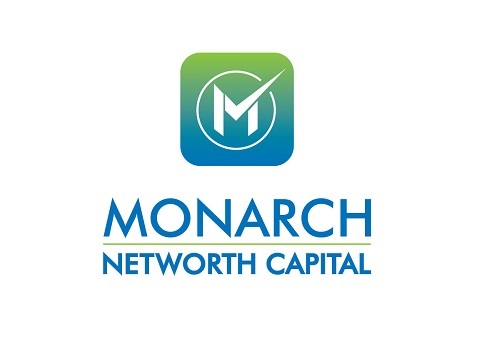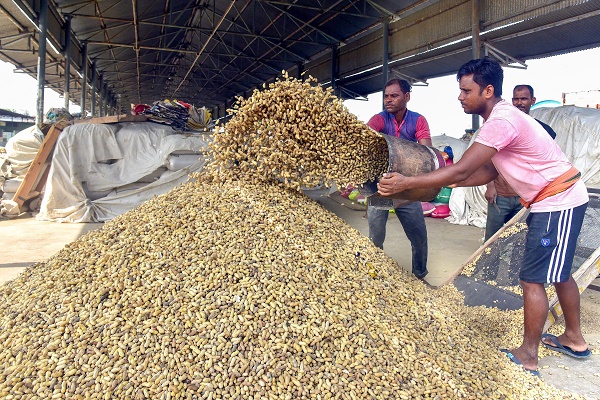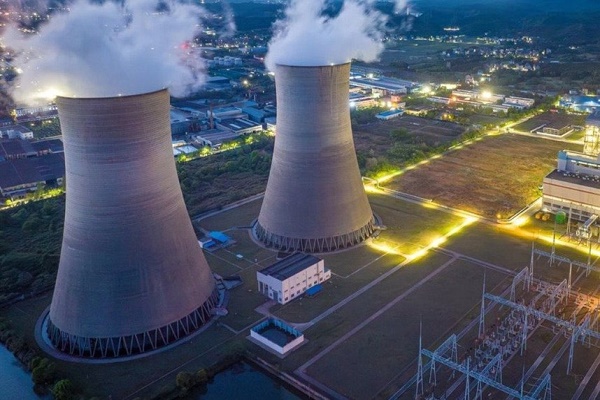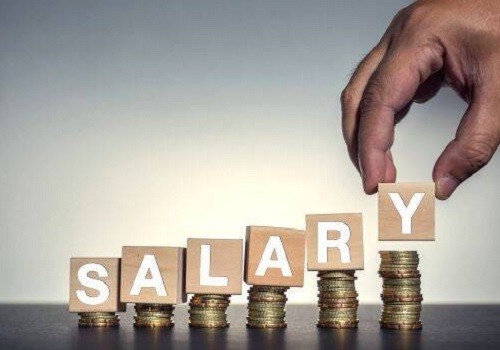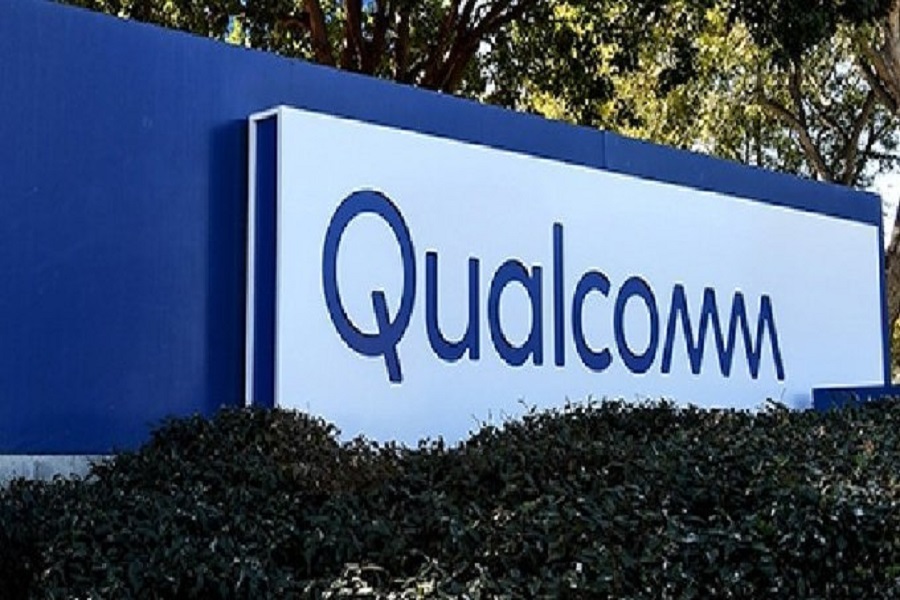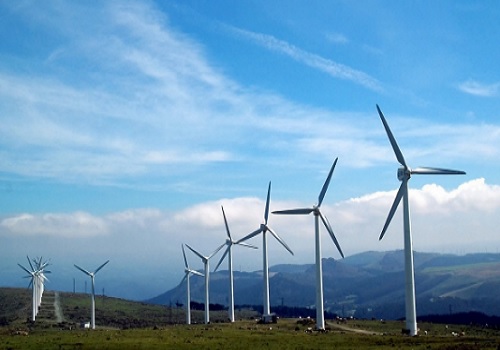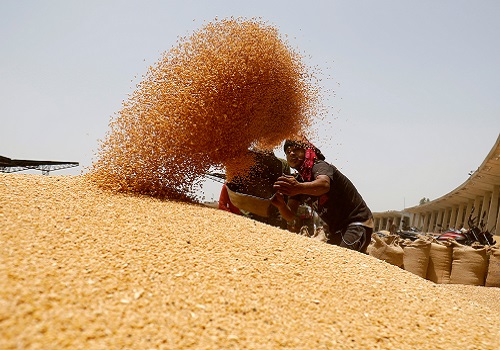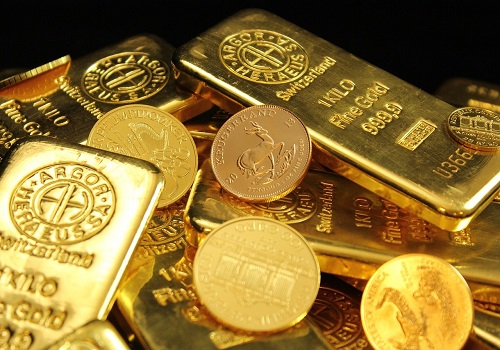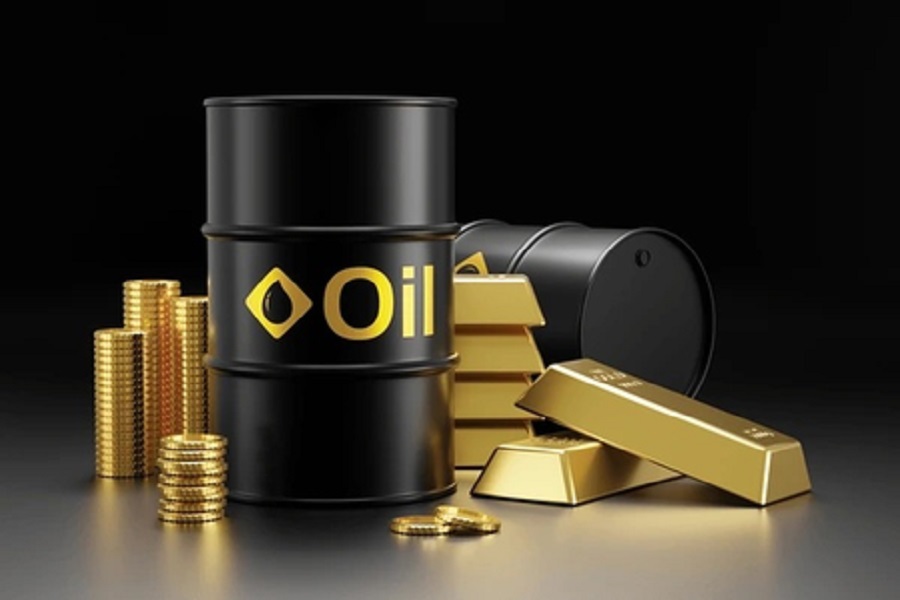Gold Outlook – May 2022 by Chirag Mehta & Ghazal Jain, Quantum AMC

Below is the Gold Outlook - May 2022 by Chirag Mehta, CIO & Ghazal Jain, Fund Manager- alternative Investment, Quantum AMC.
A cocktail of geo-economic and geopolitical factors kept international gold prices volatile, as they moved in a wide range between $1890 and $1990 per ounce in April. Prices ended the month 0.45% down close to $1915 per ounce as the May 3-4 Fed meeting and a 50-bps interest rate hike, the largest in two decades, came closer. The rupee depreciated by 0.81%, pushing domestic gold prices up by 0.38% for the month.
US inflation print in March came in at 8.5% and further intensified the Federal Reserve’s fight against rampant inflation. Bankers upped their hawkish rhetoric, pushing the dollar up and taking a toll on gold. The dollar was further supported by a war-troubled, weaker euro and widening interest-rate differential with the yen. India’s CPI and WPI inflation spiked to 6.95% and 14.55% respectively in March. With global supply chains under stress, and energy prices firming, imported inflation will continue to persist for the foreseeable future. With interest rates on fixed instruments still low, gold’s appeal as a store of value strengthens.
Questions on the resilience of the US economy came up again with GDP contracting by 1.4% on an annualized basis in the first quarter of 2022, the first contraction since 2020. While Consumer spending and other lagging indicators suggest the economy is doing well, leading indicators like yield curves are flattening fast and new home sales tumbled 8.6% in March. According to the Goldman Sachs economics team, there is now a 35% chance of a US recession over the next two years. And there’s a real possibility that Fed may accelerate the slowdown with their aggression. Given the fact that Fed can only do so much to bring supply-constrained inflation down, we can be staring at a stagflationary scenario.
As the Fed begins to rip the easy money band-aid off, global as well as domestic equities tumbled in April. Expansion of the Fed's balance sheet has been a huge driver of gains in global risk assets in recent years. Thus, a reduction is likely to have the opposite effect. Equity investors also battled other headwinds like worsening inflation, lockdowns in China, and the ongoing war in Europe. The Nifty index saw big gyrations and was down 2% for the month.
Given these underlying vulnerabilities, the Fed may succeed in front-loading some tightening to combat the inflation monster of its own making, but it is likely that it will have to reconsider its super hawkish stance going forward. Since the Global Financial Crisis, the Fed has repeatedly ended up being less hawkish than it promised in order to maintain financial stability.
Amid market expectations that the RBI, in response to higher inflation and in line with global central banks, will tighten monetary policy this year, the Crisil Composite Bond Fund Index gave a return of 0.5% in the first quarter of 2022. Domestic equity markets gave a return of 0.7% in the same period. This has raised concerns that monetary tightening could result in a positive correlation to equities and dampen bonds’ utility as a portfolio diversifier. Demand for gold, which gave a return of 8% in the 3 months and is negatively correlated to equities, could in turn get a boost.
As the military war between Russia and Ukraine continues, Vladimir Putin has initiated an energy war by cutting off gas supplies to Poland and Bulgaria, threatening to do the same for other "unfriendly nations" that refuse to pay in rubles. This will further fire up inflation in the Eurozone which hit a record high of 7.5% in April and drag down growth in the continent with Frances’ economy stagnating and Italy’s contracting in the first quarter. On its part, Europe is increasingly trying to reduce its dependence on Russian energy. In addition to stagflation, fears of a nuclear confrontation still linger over Europe and the world at large. China’s strict Covid management is threatening to hurt demand, pressure global supply chains and risk the global growth trajectory. Growth weaknesses in Europe, China, and Russia won’t take long to spill over into the rest of the world.
With this background, data from World Gold Council indicates that global gold demand in the first quarter was 1234 tonnes, 34% above Q1 2021, and 19% above the five-year average of 1039 tonnes. The demand was driven by Gold ETFs which had their strongest quarterly inflows since Q3 2020. Holdings jumped by 269 tonnes, more than reversing the 174 tonnes annual net outflow in 2021. For as long as the geopolitical uncertainties and the high inflation environment continue, investment demand is expected to stay robust.
To Read Complete Report & Disclaimer Click Here
Above views are of the author and not of the website kindly read disclaimer





